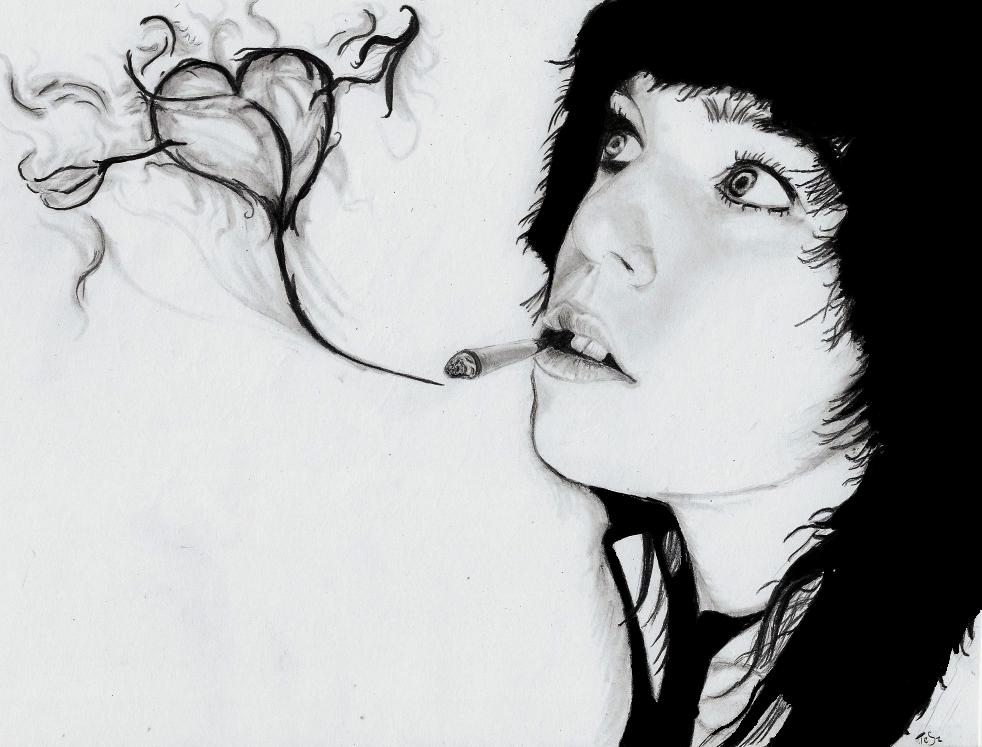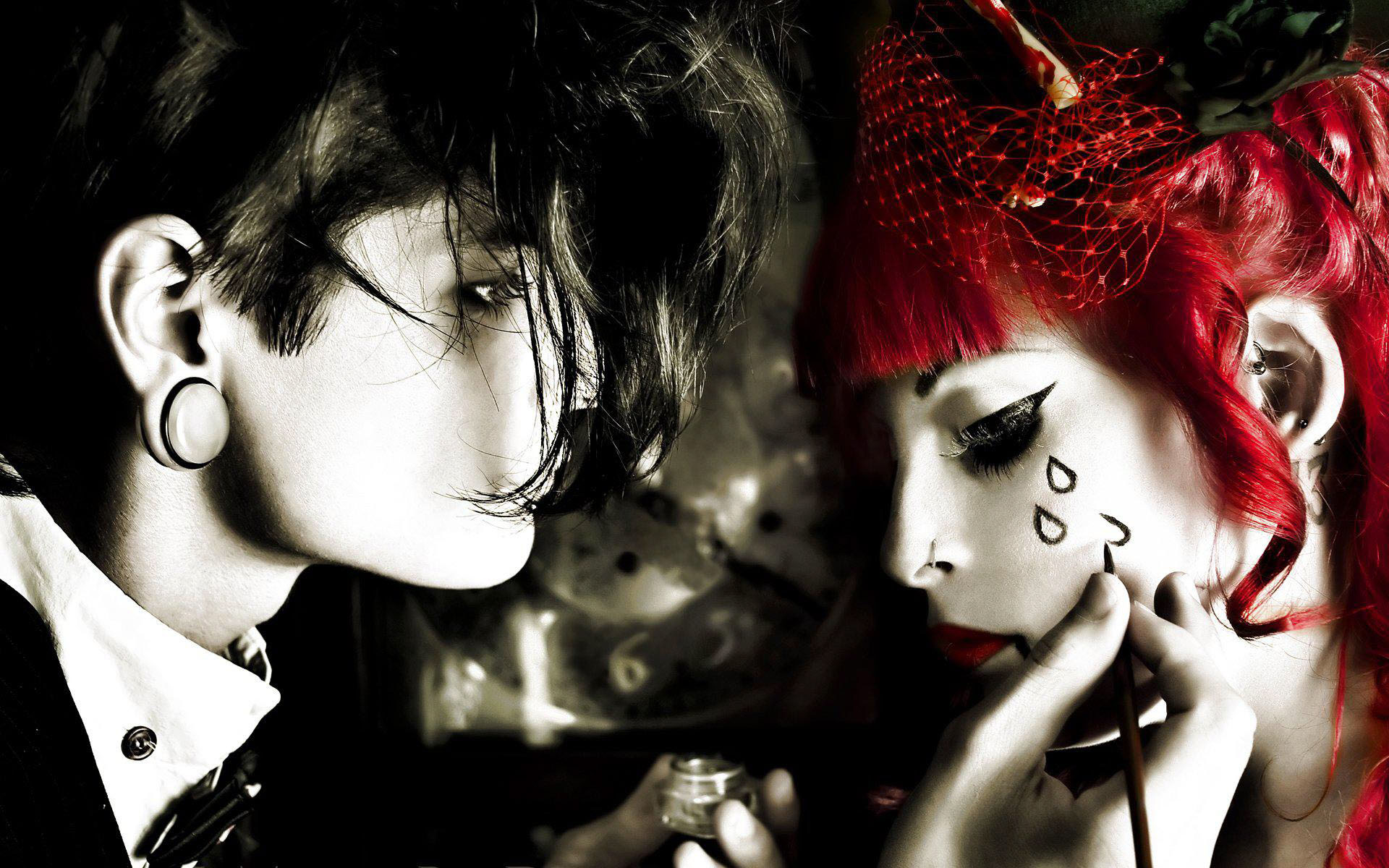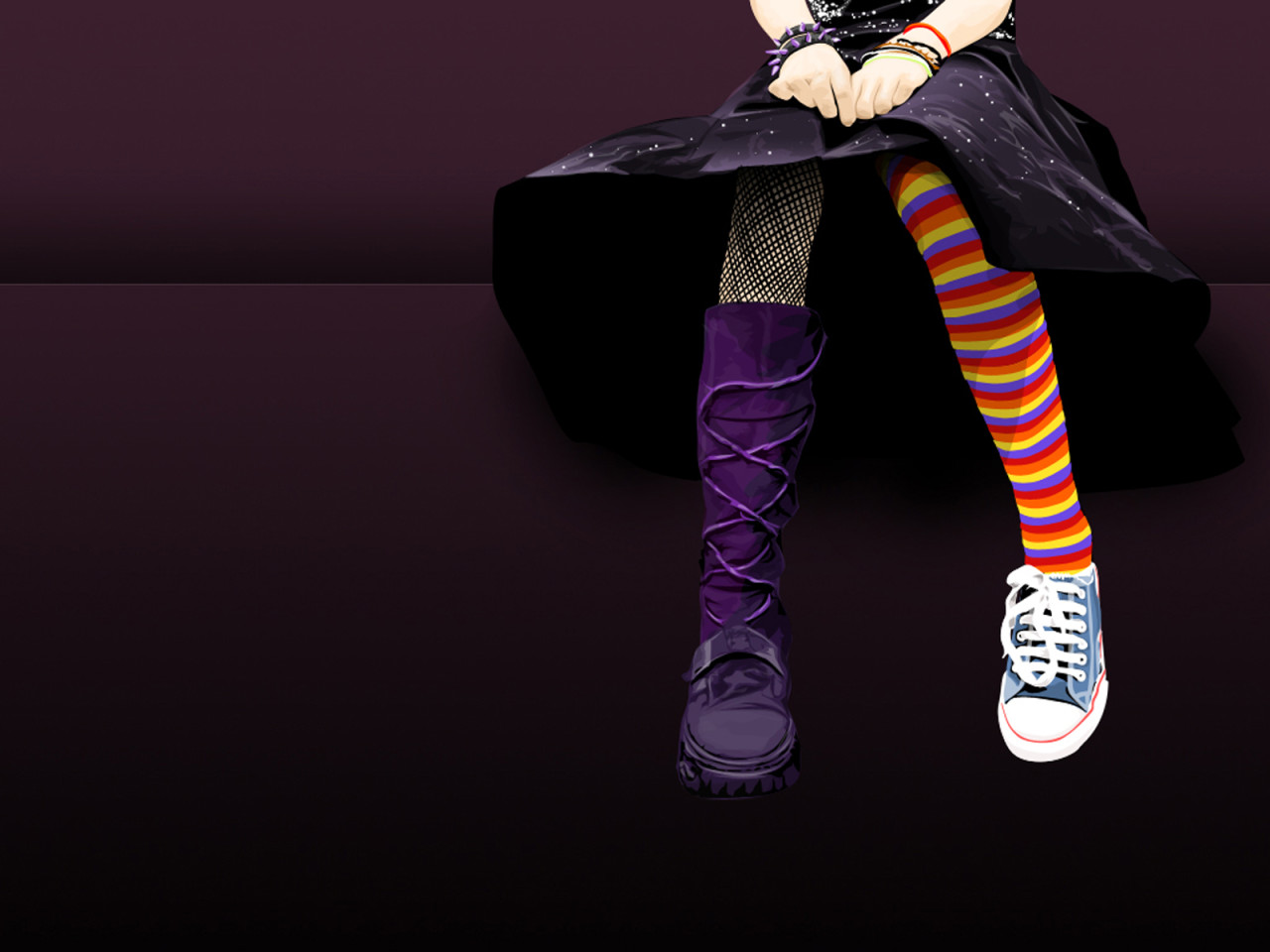Source(google.com.pk)
Emo Pictures Wallpapers Biography
Emo emerged from the hardcore punk scene of early-1980s Washington, D.C., both as a reaction to the increased violence within the scene and as an extension of the personal politics espoused by Ian MacKaye of Minor Threat, who had turned the focus of the music from the community back towards the individual Minor Threat fan Guy Picciotto formed Rites of Spring in 1984, breaking free of hardcore's self-imposed boundaries in favor of melodic guitars, varied rhythms, and deeply personal, impassioned lyrics. Many of the band's themes would become familiar tropes in later generations of emo music, including nostalgia, romantic bitterness, and poetic desperation.Their performances became public emotional purges where audience members would sometimes weep.MacKaye became a huge Rites of Spring fan, recording their only album and serving as their roadie on tour, and soon formed a new band of his own called Embrace which explored similar themes of self-searching and emotional release.Similar bands soon followed in connection with the "Revolution Summer" of 1985, a deliberate attempt by members of the Washington, D.C. scene to break from the rigid constraints of hardcore in favor of a renewed spirit of creativity.Bands such as Gray Matter, Beefeater, Fire Party, Dag Nasty, Lunchmeat, and Kingface were connected to this movement.
The exact origins of the term "emo" are uncertain, but date back to at least 1985. According to Andy Greenwald, author of Nothing Feels Good: Punk Rock, Teenagers, and Emo, "The origins of the term 'emo' are shrouded in mystery but it first came into common practice in 1985. If Minor Threat was hardcore, then Rites of Spring, with its altered focus, was emotional hardcore or emocore.Michael Azerrad, author of Our Band Could Be Your Life, also traces the word's origins to this time: "The style was soon dubbed 'emo-core,' a term everyone involved bitterly detested, although the term and the approach thrived for at least another fifteen years, spawning countless bands. MacKaye also traces it to 1985, attributing it to an article in Thrasher magazine referring to Embrace and other Washington, D.C. bands as "emo-core", which he called "the stupidest fucking thing I've ever heard in my entire life."Other accounts attribute the term to an audience member at an Embrace show, who yelled that the band was "emocore" as an insult.Others contend that MacKaye coined the term when he used it self-mockingly in a magazine, or that it originated with Rites of Spring.The Oxford English Dictionary, however, dates the earliest usage of "emo-core" to 1992 and "emo" to 1993, with "emo" first appearing in print media in New Musical Express in 1995.
The "emocore" label quickly spread around the Washington, D.C. punk scene and became attached to many of the bands associated with MacKaye's Dischord Records label.Although many of these bands simultaneously rejected the term, it stuck nonetheless. Scene veteran Jenny Toomey has recalled that "The only people who used it at first were the ones that were jealous over how big and fanatical a scene it was. [Rites of Spring] existed well before the term did and they hated it. But there was this weird moment, like when people started calling music 'grunge,' where you were using the term even though you hated it.
The Washington, D.C. emo scene lasted only a few years. By 1986 most of the major bands of the movement—including Rites of Spring, Embrace, Gray Matter, and Beefeater—had broken up. Even so, the ideas and aesthetics originating from the scene spread quickly across the country via a network of homemade zines, vinyl records, and hearsay.According to Greenwald, the Washington, D.C. scene laid the groundwork for all subsequent incarnations of emo:
What had happened in D.C. in the mid-eighties—the shift from anger to action, from extroverted rage to internal turmoil, from an individualized mass to a mass of individuals—was in many ways a test case for the transformation of the national punk scene over the next two decades. The imagery, the power of the music, the way people responded to it, and the way the bands burned out instead of fading away—all have their origins in those first few performances by Rites of Spring. The roots of emo were laid, however unintentionally, by fifty or so people in the nation's capital. And in some ways, it was never as good and surely never as pure again. Certainly, the Washington scene was the only time "emocore" had any consensus definition as a genre.
MacKaye and Piccioto, along with Rites of Spring drummer Brendan Canty, went on to form the highly influential Fugazi who, despite sometimes being connected with the term "emo", are not commonly recognized as an emo band.











Emo Pictures Wallpapers Biography
Emo emerged from the hardcore punk scene of early-1980s Washington, D.C., both as a reaction to the increased violence within the scene and as an extension of the personal politics espoused by Ian MacKaye of Minor Threat, who had turned the focus of the music from the community back towards the individual Minor Threat fan Guy Picciotto formed Rites of Spring in 1984, breaking free of hardcore's self-imposed boundaries in favor of melodic guitars, varied rhythms, and deeply personal, impassioned lyrics. Many of the band's themes would become familiar tropes in later generations of emo music, including nostalgia, romantic bitterness, and poetic desperation.Their performances became public emotional purges where audience members would sometimes weep.MacKaye became a huge Rites of Spring fan, recording their only album and serving as their roadie on tour, and soon formed a new band of his own called Embrace which explored similar themes of self-searching and emotional release.Similar bands soon followed in connection with the "Revolution Summer" of 1985, a deliberate attempt by members of the Washington, D.C. scene to break from the rigid constraints of hardcore in favor of a renewed spirit of creativity.Bands such as Gray Matter, Beefeater, Fire Party, Dag Nasty, Lunchmeat, and Kingface were connected to this movement.
The exact origins of the term "emo" are uncertain, but date back to at least 1985. According to Andy Greenwald, author of Nothing Feels Good: Punk Rock, Teenagers, and Emo, "The origins of the term 'emo' are shrouded in mystery but it first came into common practice in 1985. If Minor Threat was hardcore, then Rites of Spring, with its altered focus, was emotional hardcore or emocore.Michael Azerrad, author of Our Band Could Be Your Life, also traces the word's origins to this time: "The style was soon dubbed 'emo-core,' a term everyone involved bitterly detested, although the term and the approach thrived for at least another fifteen years, spawning countless bands. MacKaye also traces it to 1985, attributing it to an article in Thrasher magazine referring to Embrace and other Washington, D.C. bands as "emo-core", which he called "the stupidest fucking thing I've ever heard in my entire life."Other accounts attribute the term to an audience member at an Embrace show, who yelled that the band was "emocore" as an insult.Others contend that MacKaye coined the term when he used it self-mockingly in a magazine, or that it originated with Rites of Spring.The Oxford English Dictionary, however, dates the earliest usage of "emo-core" to 1992 and "emo" to 1993, with "emo" first appearing in print media in New Musical Express in 1995.
The "emocore" label quickly spread around the Washington, D.C. punk scene and became attached to many of the bands associated with MacKaye's Dischord Records label.Although many of these bands simultaneously rejected the term, it stuck nonetheless. Scene veteran Jenny Toomey has recalled that "The only people who used it at first were the ones that were jealous over how big and fanatical a scene it was. [Rites of Spring] existed well before the term did and they hated it. But there was this weird moment, like when people started calling music 'grunge,' where you were using the term even though you hated it.
The Washington, D.C. emo scene lasted only a few years. By 1986 most of the major bands of the movement—including Rites of Spring, Embrace, Gray Matter, and Beefeater—had broken up. Even so, the ideas and aesthetics originating from the scene spread quickly across the country via a network of homemade zines, vinyl records, and hearsay.According to Greenwald, the Washington, D.C. scene laid the groundwork for all subsequent incarnations of emo:
What had happened in D.C. in the mid-eighties—the shift from anger to action, from extroverted rage to internal turmoil, from an individualized mass to a mass of individuals—was in many ways a test case for the transformation of the national punk scene over the next two decades. The imagery, the power of the music, the way people responded to it, and the way the bands burned out instead of fading away—all have their origins in those first few performances by Rites of Spring. The roots of emo were laid, however unintentionally, by fifty or so people in the nation's capital. And in some ways, it was never as good and surely never as pure again. Certainly, the Washington scene was the only time "emocore" had any consensus definition as a genre.
MacKaye and Piccioto, along with Rites of Spring drummer Brendan Canty, went on to form the highly influential Fugazi who, despite sometimes being connected with the term "emo", are not commonly recognized as an emo band.
Emo Pictures Wallpapers


Emo Pictures Wallpapers

Emo Pictures Wallpapers

Emo Pictures Wallpapers

Emo Pictures Wallpapers

Emo Pictures Wallpapers

Emo Pictures Wallpapers

Emo Pictures Wallpapers

Emo Pictures Wallpapers
Emo Pictures Wallpapers

Emo Pictures Wallpapers

Emo Pictures Wallpapers

Emo Pictures Wallpapers
No comments:
Post a Comment